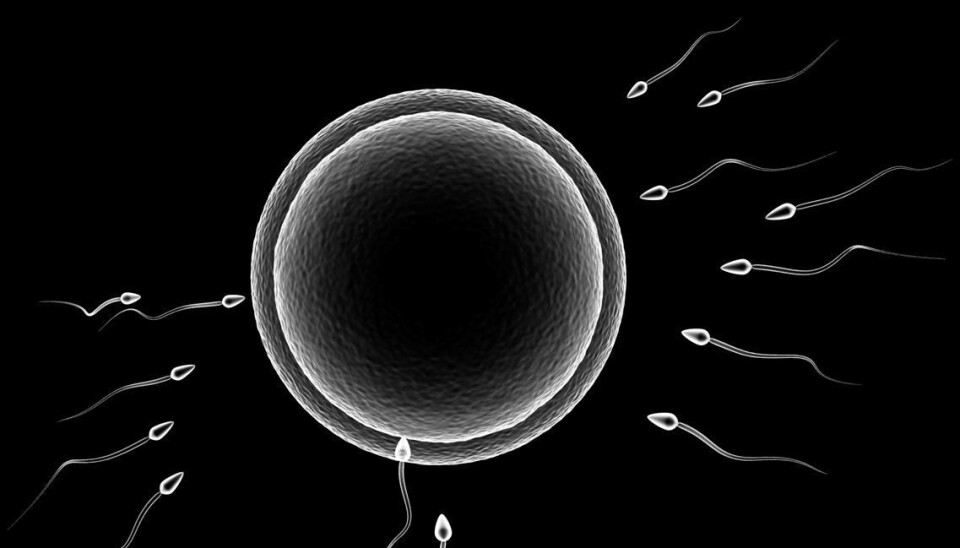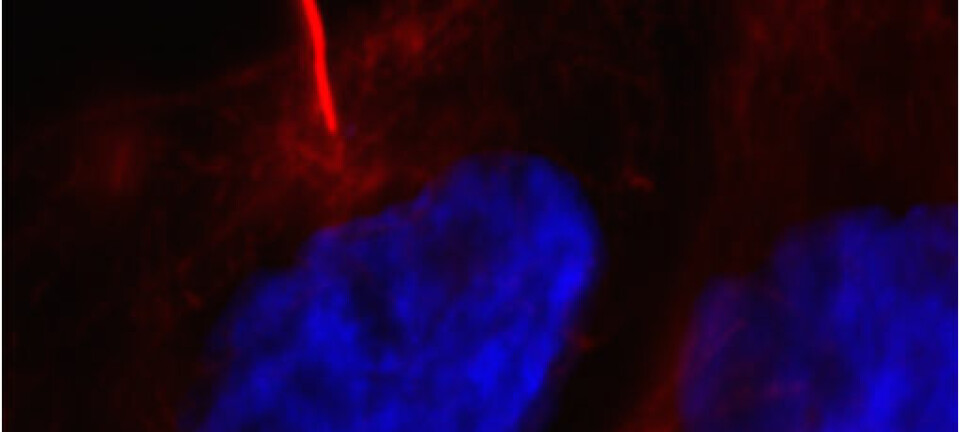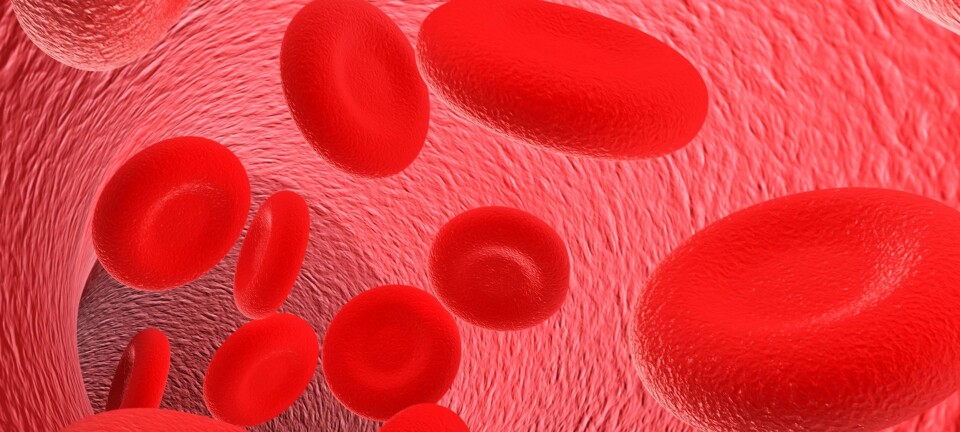An article from University of Oslo

Early pre-programming of genes
Special proteins are pre-programming genes which later regulate foetal development. This pre-programming occurs at an earlier stage than previously known.
Denne artikkelen er over ti år gammel og kan inneholde utdatert informasjon.
When a sperm and an egg fuse at fertilization, the genetic material of the father and mother is combined in the newly formed embryo.
In humans, the embryo's own genes are inactive for the first two to three days, and development is governed solely by proteins and other molecules stored inside the egg.
It has long been known that proteins in the egg are of great importance for development in this phase, but precisely which factors regulate embryonic genes has so far been unknown.
A new study published on December 1 in the journal Developmental Cell now shows that the regulation is by special proteins that bind the DNA at an early development stage. These proteins mark and pre-programme the genes before they are later activated in the embryo.
New concept of pre-programming
"The proteins are called histones. They are modified in different ways and this reveals which genes in the embryo are expressed after the embryo turns on its own development programme," says Professor Philippe Collas of the Institute of Basic Medical Sciences and the Norwegian Centre for Stem Cell Research (both at the University of Oslo).
Collas' research group, together with colleagues from the Norwegian School of Veterinary Science, the University of Birmingham and the Genome Institute of Singapore, has discovered what kind of "programming code" histone proteins add to genes before, during and after they are either activated or repressed in the embryo.
And so a new concept is introduced: the activation of genes essential to further embryonic development is pre-programmed - before any gene activation has taken place.
Is the father more important than we thought?
Collas says it is important to understand the circumstances of his and his colleagues' findings.
"At the same time as we were working on this, other researchers discovered that sperm also contains such modified histones. This means that we can now put two and two together, and suggest that genes and associated factors from the father have greater influence on embryonic development than previously thought", says Collas.
According to the researcher can the instructions for embryonic development already be determined in both sperm and eggs, and transferred to the embryo at fertilization.
"The reason why we can say this is because we find more of the same type of pre-programmed sperm genes in the embryo too, after the DNA from the mother and father have combined.
But Collas says that it still remains an open question whether this pre-programming of development is transferred directly from sperm to the embryo, or whether there is a process where these instructions are deleted and added again.
Zebrafish have the answer
The research results are based on studies of the embryos of zebrafish. This fish was studied because after fertilization there is a three-hour time period with multiple cell divisions before embryonic genes are turned on. By comparison, this period lasts for two to three days in humans.
"This period gives us a fantastic opportunity to examine how the embryo prepares for further development," says Collas.
The concept of pre-programming gene expression by histone modifications associated with these genes may play an important role in further research on stem cells and our understanding of the development of disease.
"If we know when this pre-programming takes place after fertilization, we can investigate the mechanisms further and see how development is affected if parts of the process are blocked."
"This knowledge may in the future affect the way we look at stem cell differentiation, foetal development, the ageing process and disease development," says Collas.


































